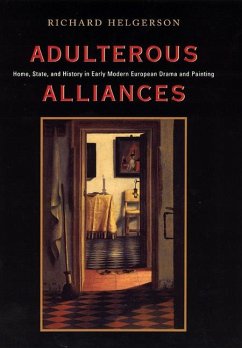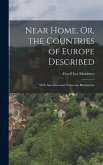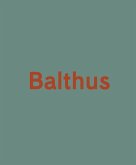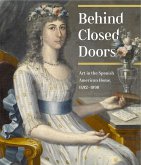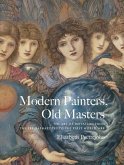Shakespeare, Vermeer, Lope de Vega, Molière, and Diderot don't usually keep company with one another. This new book-Richard Helgerson's first since the highly acclaimed Forms of Nationhood-shows that each contributed to a common project of enormous significance: the artistic promotion of the middle-class home. In a study that stretches over two centuries and four countries, Helgerson unearths the shared preoccupations of European domestic drama and painting. The result is an unexpected prehistory of the nineteenth- and twentieth-century cult of domesticity. Adulterous Alliances focuses on English, Spanish, and French drama from the 1590s through the late eighteenth century and on seventeenth-century Dutch painting. Helgerson finds that these plays and paintings register not only a new interest in nonaristocratic homes, but also an attention to the relation between those homes and the monarchic state. Domestic drama and painting emerged, he argues, as a by-product of early modern state formation, and defined themselves by their difference from the newly invented or revived genres of state: history painting, tragedy, historical drama, and history itself. Again and again, as Helgerson shows, the home and the marriage on which it is based are disrupted by a sexually predatory intruder-one who comes most often from the sphere of the state: a soldier, a courtier, a leading aristocrat, or even the king himself. And almost as often, the state intervenes to resolve the problem that it or its agents create. But whether savior or perpetrator, the state is always outshone by the home through which it expresses its power. The nonaristocratic home emerges not simply as an adjunct of state power, but as an alternative to it-a space that by the late eighteenth century would make its own claim as the ground for a revolutionary new order.
